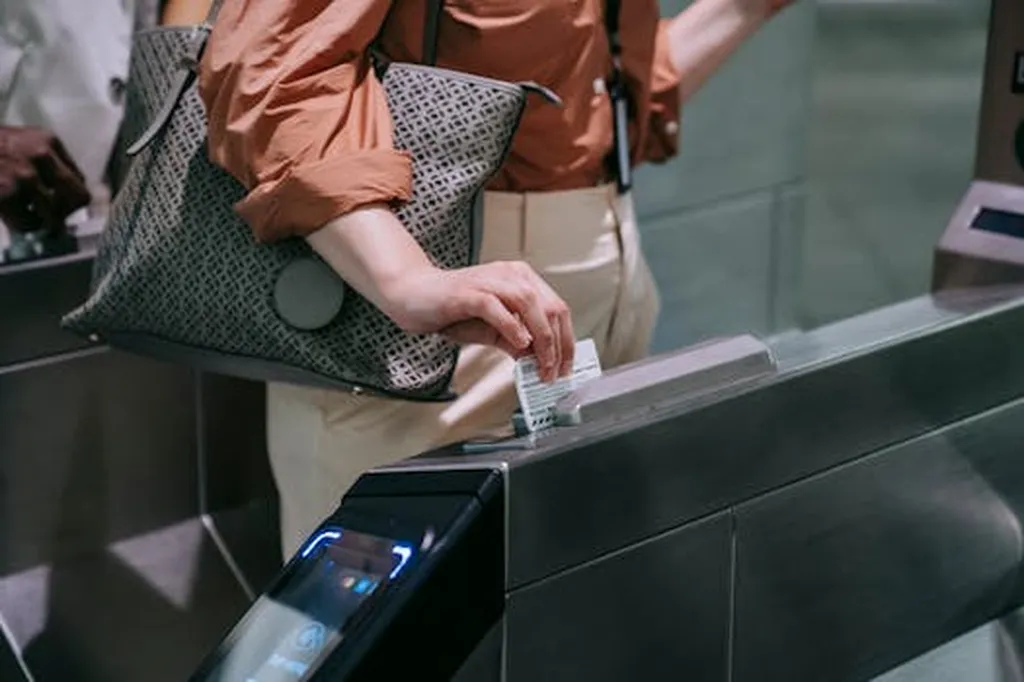In the bustling world of urban infrastructure, the intricate dance between trains, tracks, and subway systems is a symphony of engineering that often goes unnoticed. However, a recent comprehensive review published in the journal *Zhongji* (Machines) is shedding light on the dynamics of this interaction, offering insights that could revolutionize subway design, maintenance, and passenger comfort.
Lu Sun, a leading researcher from the Department of Civil Engineering Technology, Environmental Management and Safety at Rochester Institute of Technology, has delved deep into the advancements in train–track–subway system interaction dynamics. The study, which spans over two decades of research, addresses a wide array of topics, from wheel–track contact mechanics and wear to subway tunnel–ground interaction models and noise.
Sun’s work highlights the critical role of mathematical modeling in understanding the complex interplay between these systems. “The precision of these models is paramount,” Sun explains. “They allow us to predict wear and tear, optimize structural design, and ensure the safety and reliability of subway operations.”
The study also underscores the importance of advanced computing and simulation techniques. High-performance computing with efficient algorithms, multi-physics and multi-scale simulation, and real-time hardware-in-the-loop simulation are just a few of the innovative methods that have been employed to study these dynamics. These technologies not only enhance our understanding of the system but also pave the way for more efficient and effective maintenance strategies.
One of the most compelling aspects of Sun’s research is its potential commercial impact. By applying these findings to subway route planning, structural and material design, and maintenance, cities can significantly reduce costs and improve the overall passenger experience. “The goal is to create a seamless, comfortable, and safe journey for passengers,” Sun notes. “This research is a step towards achieving that goal.”
The study also explores emerging technologies like artificial intelligence, smart sensing, real-time monitoring, digital twin technology, and sustainable design integration. These innovations could transform the way we approach subway system design and maintenance, making them more efficient, environmentally friendly, and responsive to the needs of urban populations.
As cities around the world continue to grow and expand, the demand for reliable and efficient subway systems will only increase. Sun’s research provides a roadmap for meeting these challenges head-on, offering valuable insights that could shape the future of urban transportation. With the findings published in *Zhongji* (Machines), the stage is set for a new era of innovation in the field of train–track–subway interaction dynamics.

